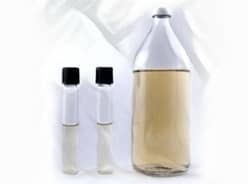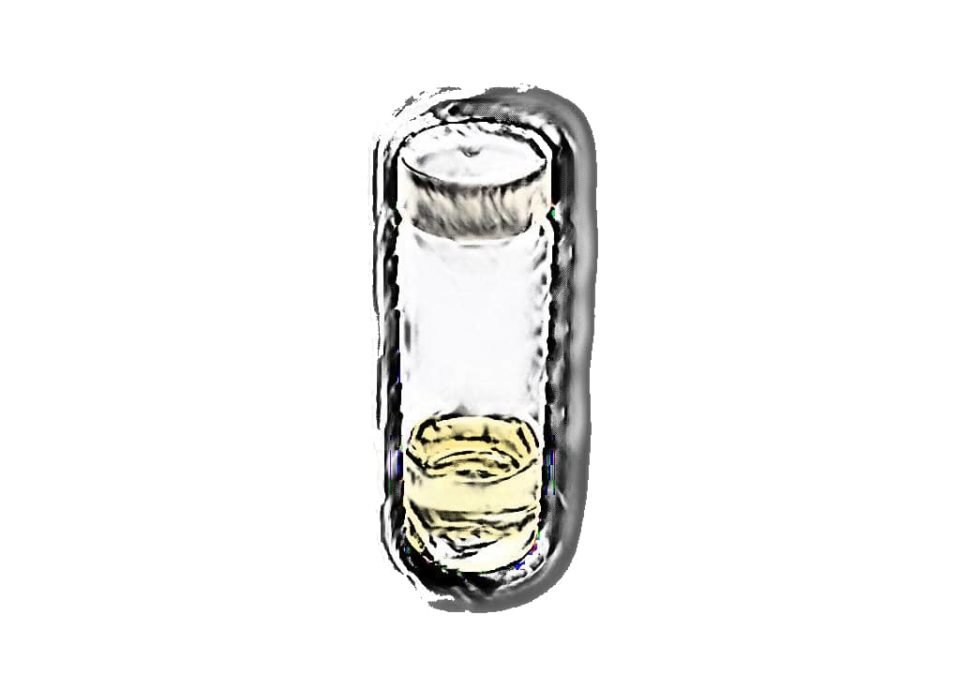Hey, Good to see you here 😀 …… In this Article, we’re gonna discuss the Preparation of Alkaline Peptone Water….. If you have any queries, don’t forget to mention in Comments…
Before discussing the Preparation of Alkaline Peptone Water let’s take a brief intro about Enrichment media…..
Enrichment media are liquid culture media used in microbiology laboratory which contain substances that inhibit the growth of unwanted microorganisms and promotes the growth of the desired organism.
Alkaline Peptone Water (APW) is one of the commonly used enrichment liquid media which is highly recommended for the isolation of Vibrio cholerae from clinical specimens like feces as well as Non-clinical specimens like Food & Water.
It is quite helpful when there is a very minute quantity of specimen is available or the viable count is low.
The specimen is inoculated in APW medium prior to the plating on Selective medium for Vibrio cholrae, e.g. Thiosulfate-citrate-bile salts-sucrose agar (TCBS) medium.
In fact, Alkaline peptone Water is a simple modification of Peptone water which is made alkaline by adding the Sodium Hydroxide solution and pH is adjusted to 8.4 – 9.0.
This Alkaline pH of APW eases in the growth of Vibrio species and inhibits the growth of commensal intestinal bacteria which are commonly present in the Clinical Specimens.
Alkaline Peptone Water is quite helpful when it needed to isolate the organism from any of the following cases:
- Convalescent patients i.e. the patients who recover from the infection but still are a source of infection to others.
- suspected asymptomatic infections
- environmental specimens, and
- Whenever high numbers of competing organisms especially Intestinal flora are likely to be present in the Specimen.
The principle of Alkaline Peptone Water (APW)
APW is the best Enrichment medium for the isolation of Vibrio species especially the Vibrio cholerae.
Alkaline peptone water contains following substances which ease in the growth of Vibrio species and inhibits the growth of unwanted organisms.
Peptone present in APW provides carbon and Nitrogen source, Aminoacids, Vitamins, and other essential nutrients that promote the growth of microbes.
Sodium Chloride present in Alkaline Peptone water maintains the osmolarity of the medium and promotes the growth of microbe.
Sodium Hydroxide is used to make the medium Alkaline which is adjusted to 8.4 – 9.0 which promotes the growth of Vibrio species and inhibits most of the commensal Bacteria.
The composition of Alkaline Peptone Water (for 500 ml APW)
| Components | Quantity (in grams) |
| Peptone | 5.0 |
| Sodium chloride | 5.0 |
| Distilled water | 500 ml |
| Final pH at Room Temperature | 8.6±0.2 |
Procedure for the Preparation of Alkaline Peptone Water
Weigh 5 gm of Peptone & Sodium Chloride separately with the help of weighing scale.
Now take 250 ml of distilled water in a volumetric flask or in a Beaker and to this add the above-weighed Peptone and Sodium Chloride.
Swirl the flask gently to mix the contents or stir in case you are making the solution in a beaker with the help of sterile stirrer.
Gently heat the content in Flask or Beaker to completely dissolve the Peptone and Sodium Chloride.
When the content dissolves completely then add distilled water and make the final volume 500ml.
Adjust the pH of the solution to 8.6 ± 0.2 using 1M Sodium Hydroxide (NaOH) solution.
Now Dispense the Prepared Alkaline Peptone Water in 10 ml Screw-cap Glass bottles.
Now Autoclave the Bottles containing APW at 121 °C, 15 psi pressure for 15 minutes.
Note: Keep the cap of screw-cap bottles slightly loose while autoclaving it. It is because the bottles may burst due to the steam produced while autoclaving.
Now, tighten the bottle caps after the APW medium cools.
In this way, the Alkaline Peptone Water medium is prepared in laboratory.
Label the bottle clearly as Alkaline Peptone Water with the batch number, the name of the person who prepared it, date of preparation and date of expiry (Usually 2 years from the preparation), and document in the quality control log-book of your Laboratory.
Tighten the screw-cap on the bottle to prevent absorption of water vapors from the air & change in pH, and store in a cool & dark place.
Inoculation of the fecal sample in Alkaline Peptone Water (APW)
The APW medium can be inoculated with liquid/ watery stool specimen, fecal suspensions, or rectal swabs.
Inoculate the Alkaline Peptone Water bottle with the obtained specimen.
Note: The stool inoculums should not exceed 10% of the volume of the broth e.g. for 10 ml of broth medium the specimen inoculum must not exceed 1 ml.
Incubate the tube with the cap loosened at 35°C to 37°C for 6 to 8 hours.
After 6 to 8 hours’ incubation, subcultures to Thiosulfate-citrate-bile salts-sucrose agar (TCBS) should be made with 1 – 2 loopful of Alkaline Peptone Water.
Note: Always pick the inoculum from the surface or topmost area of the Cultured APW bottle because Vibrio species preferable grow on the surface. Do not shake or mix the tube before subculturing.
!Imporant! If the first cultured APW medium cannot be subcultured after 6 to 8 hours of incubation then, subculture it after 16-18 hours to a fresh tube of Alkaline Peptone Water.
This second cultured APW tube should be subcultured to a solid medium (TCBS) after 6 to 8 hours of incubation.
Observations & Identification of Vibrio cholerae
Vibrio cholerae grows rapidly in the Alkaline Peptone Water produces turbidity on and below the surface specifically within 3-6 hours.
You can follow the further steps listed below in order to confirm that whether the cultured organism is Vibrio or not:
- Hanging drop Preparation for the motility of bacteria.
- Gram staining of the culture (Vibrio cholerae appear as Gram-negative curved bacilli)
- Culture on TCBS medium.
The appearance of Medium after preparation
Alkaline peptone water appears light yellow colored clear solution without any precipitate.

Frequently Asked Questions (FAQs)
Q1. What is the composition of Peptone Water?
Peptone Water typically consists of a mixture of peptones (partially digested proteins), water, and sometimes other ingredients such as sodium chloride. The precise composition of Peptone Water may vary depending on the specific formulation and intended use.
Q2. What is the principle of peptone?
The principle of peptone is that it provides a rich source of nutrients, including amino acids and other organic compounds, that can support the growth of many different types of microorganisms.
Q3. What is alkaline peptone water?
Alkaline Peptone Water is a type of Peptone Water that has been adjusted to a slightly alkaline pH, typically between 8.0 and 8.6. This makes it suitable for the growth and detection of microorganisms that may be inhibited by acidic conditions.
Q4. What is the use of peptone in laboratory?
Peptone is commonly used in laboratory settings as a nutrient source for the growth of microorganisms. It may be added to culture media to support the growth of a wide range of bacteria, yeasts, and other organisms, and may also be used in diagnostic tests such as the catalase test.
Q5. What is the colour of Peptone Water?
The colour of Peptone Water may vary depending on the specific formulation and ingredients used, but it is typically a clear or slightly cloudy liquid with a light yellow or amber color.
Q6. What are the benefits of peptone?
Peptone has a number of benefits for use in laboratory settings, including its ability to provide a rich source of nutrients for the growth of many different types of microorganisms. It is also relatively inexpensive and easy to prepare, making it a popular choice for many different types of experiments and applications.
User Review
( vote)
Laboratory Hub aims to provide the Medical Laboratory Protocols & General Medical Information in the most easy to understand language so that the Laboratory Technologist can learn and perform various laboratory tests with ease. If you want any protocol to be published on Laboratory Hub, Please drop a mail at contact@laboratoryhub.com. Happy Learning!

